Leg Cramps in Runners: Can It Be Vein Related?
Author: StrideCare Internal Team
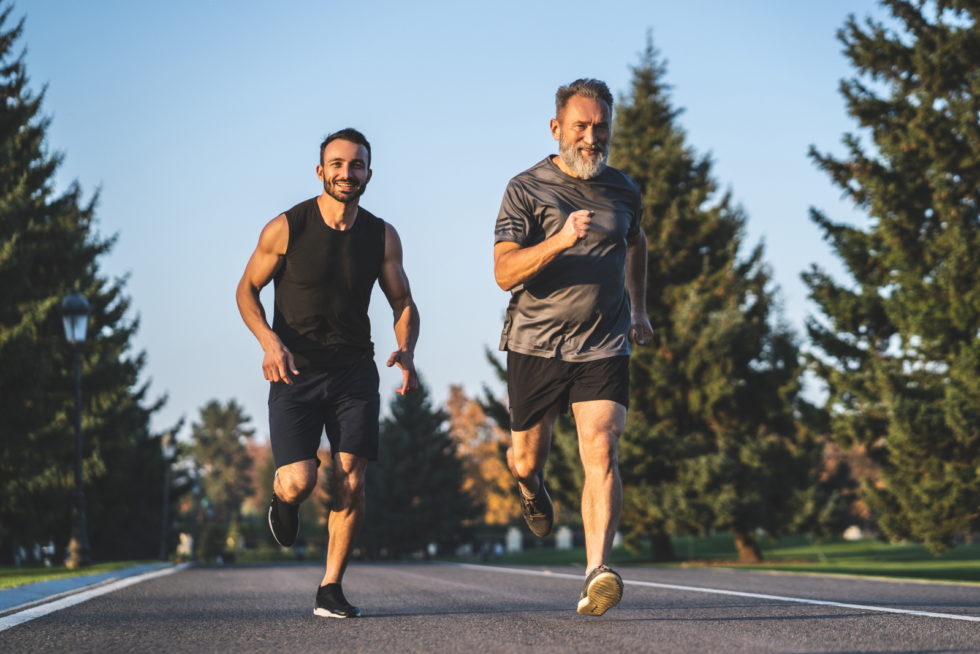
Never in a million years did John* think his leg cramps were due to vein problems. After all, he’s an avid runner who loves putting in many miles. And, like most athletes, he takes good care of his body. He’s even fared well in a marathon or two over the years—despite the occasional injury getting in the way. In his mind, vein disease, which impacts more than 20 million Americans, only affects older people and those with sedentary lifestyles and other health issues. Therefore, his leg cramps can’t possibly be vein related, right? Well, not exactly.
While it may seem contradictory, runners with strong and seemingly healthy legs can develop some form of vein disease. In fact, they are more susceptible in many ways and don’t realize how much the disease has progressed. This is in part because they chalk up setbacks such as leg cramps and soreness to the rigors of putting in a lot of miles.
In reality, issues like leg cramps could be vein related. These should be checked out before the condition worsens.
Is Your Love for Running Causing These Symptoms of Vein Disease?
- Calf pain or leg cramps
- Legs feeling tired and heavy
- Achy and swollen legs
- Varicose and spider veins
- Itchy or discolored skin
- Blood clots
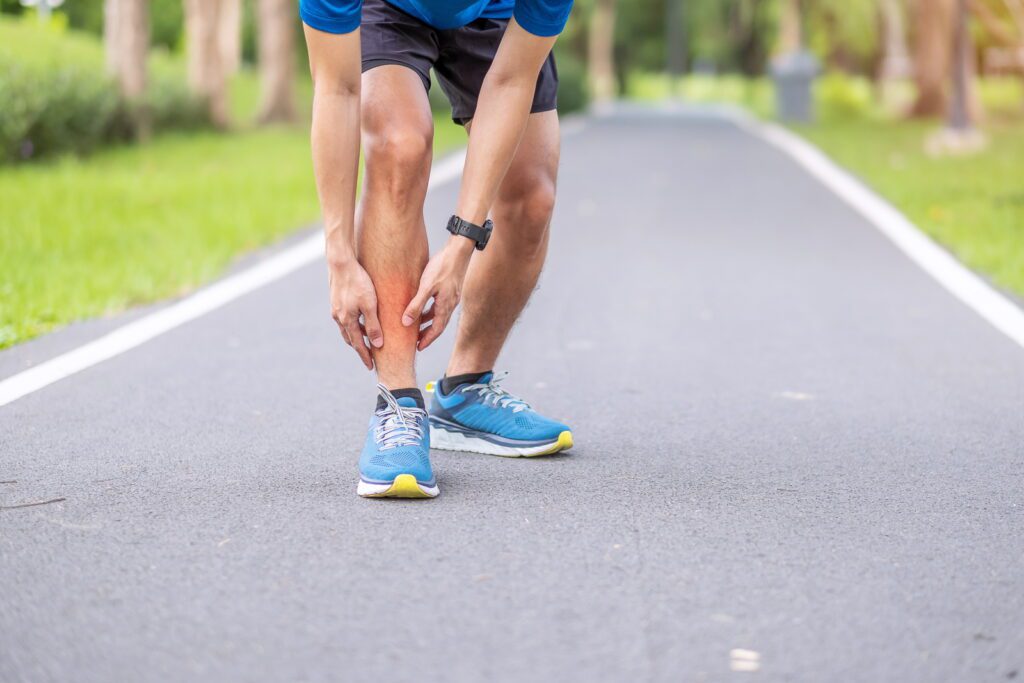
What Is Vein Disease?
Leg cramps, calf pain, and general soreness are textbook running injuries for many runners. Many times, these are temporary annoyances that can resolve themselves with therapy, over-the-counter pain medication, stretching, and improved training habits. Sometimes, simply taking a day off does the trick. But it’s essential not to overlook the potential for these issues to be vein related. This is especially true if the symptoms linger, are recurring, or are accompanied by a slew of other symptoms. If this sounds familiar for your situation, your leg veins may be to blame.
Our veins carry blood back to the heart to support many systems critical to our cardiovascular health and other functions of blood. And things are great when they’re working properly. But as we age, vein valves can weaken and struggle to pump blood as efficiently as they once did. They also become diseased. One study suggested that 58% of patients with vein issues showed progression of their symptoms over time, worsening at a rate of 4.3% per year over the 13 years the study was conducted. This can lead to more serious complications, including:
Varicose Veins — Varicose veins affect roughly 25 million men and women in the United States. These twisted, bulging veins form very easily in situations where a person is sitting too much and/or leading a sedentary lifestyle. As blood backs up and pools in the lower legs, it causes veins to bulge.
Chronic Venous Insufficiency (CVI) — This is when blood pressure builds up in the lower legs. It can cause painful symptoms ranging from swelling and a heavy, full feeling in the legs to drastic skin changes that could lead to open sores and ulcers on the legs, feet, or ankles.
Deep Vein Thrombosis (DVT) — Deep vein thrombosis is a serious condition in which a blood clot occurs deep within one of the veins in your body. And these clots can be life-threatening. While we typically see DVT in the legs or thighs, these harmful blood clots can be found anywhere in the body under the right conditions.
Restless Leg Syndrome (RLS) — Several studies indicate that as many as 22% of those with RLS (pins and needles sensation, itchiness, aching, etc.) have venous insufficiency.
Skin and Foot Ulcers — Without proper blood circulation, those unsightly varicose veins can lead to the formation of very painful ulcers on your legs, feet, heels, toes, and ankles. These skin leg and foot ulcers can take a considerable amount of time to heal once they form.
There are many reasons why these and other vein-related issues happen, including diet, excess weight, smoking, heredity, excessive standing, pregnancy, hormones, and a sedentary lifestyle. Therefore, it’s difficult to believe that runners—often the healthiest of all of us—are also prone to vascular diseases.
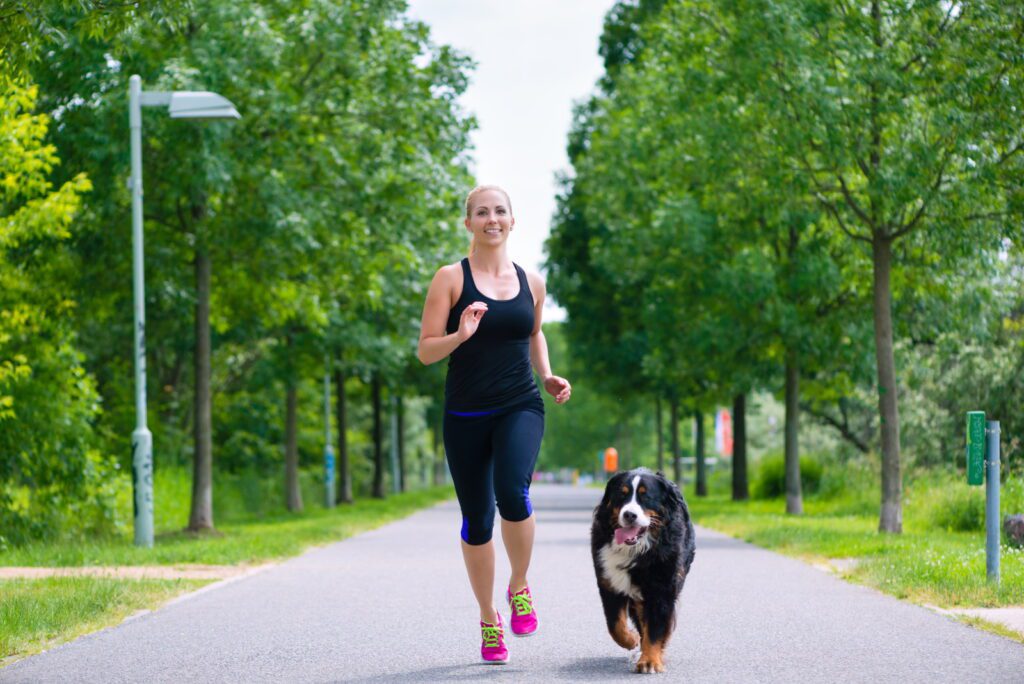
Vein Disease and Runners—All You Need to Know
Running does not directly lead to varicose veins and other vein diseases. However, the act of running helps facilitate increased blood circulation and healthy calf muscles and feet. It also supports lower blood pressure and cholesterol. This is because muscles constantly in motion require more blood, which in turn allows them to use oxygen to generate energy. The more energy you have, the farther you can run.
With that said, the flip side to increased blood circulation is an increase in volume. The increased volume of blood circulation in runners can damage the valves in the veins and cause a variety of issues, including but not limited to:
- Bulging veins in the back of the calf
- Heavy sensation that can also be accompanied by swelling
- A general feeling of tiredness
- Itchy or discolored skin
- Blood clots
As a result of blood not properly circulating, it can pool in the lower extremities. Runners may overlook this issue until they are injured and forced to stop running routinely. The combination of damaged valves, poor blood circulation, and lack of movement creates the perfect environment for vein disease.
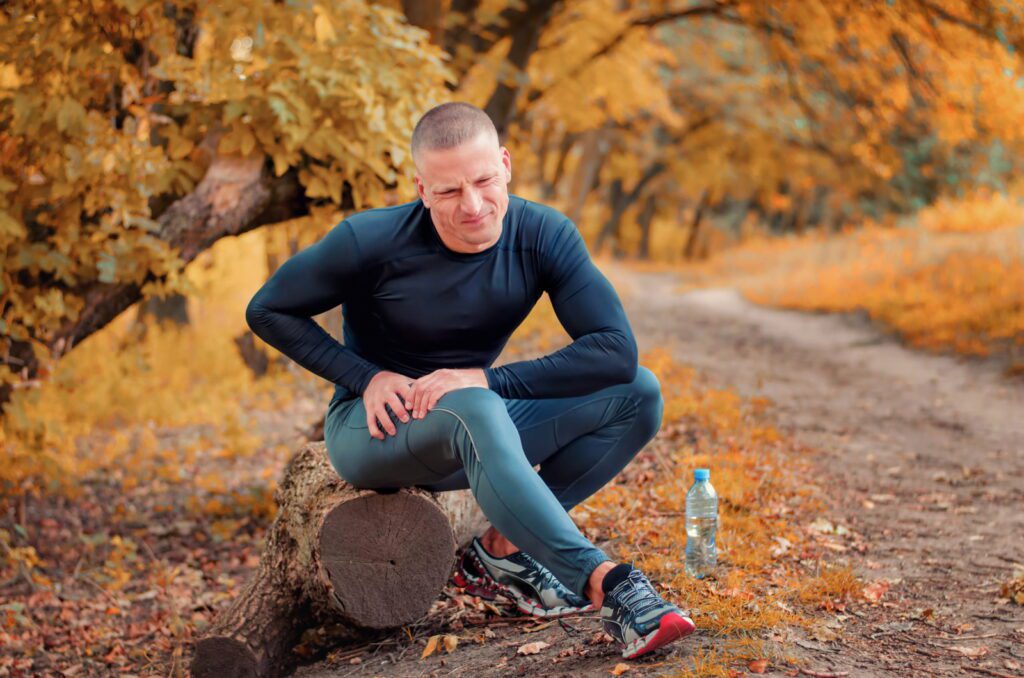
5 Ways Runners Can Protect Themselves from Vein Disease
- Avoid running on concrete — The constant pounding on hard and unforgiving surfaces such as concrete only leads to leg cramps and other injuries while also making vein-related issues worse.
- Wear compression socks — This conservative treatment option supports your legs by applying gentle pressure, even while running. This helps with circulation, swelling, and painful legs.
- Use proper techniques — This includes cross-training with yoga, elliptical workouts, spin classes, and lower weight with more reps. All of these combined will do wonders for your vein health.
- Invest time in therapy — Leg massages, hot baths, ice packs, and heating pads are perfect for reducing your chance of injuries such as leg cramps and improving blood flow.
- Stretching — Increasing flexibility and consistent stretching of your muscles and connective tissue before, during, and after rigorous running eliminates the threat of leg cramps and facilitates healthy blood circulation.
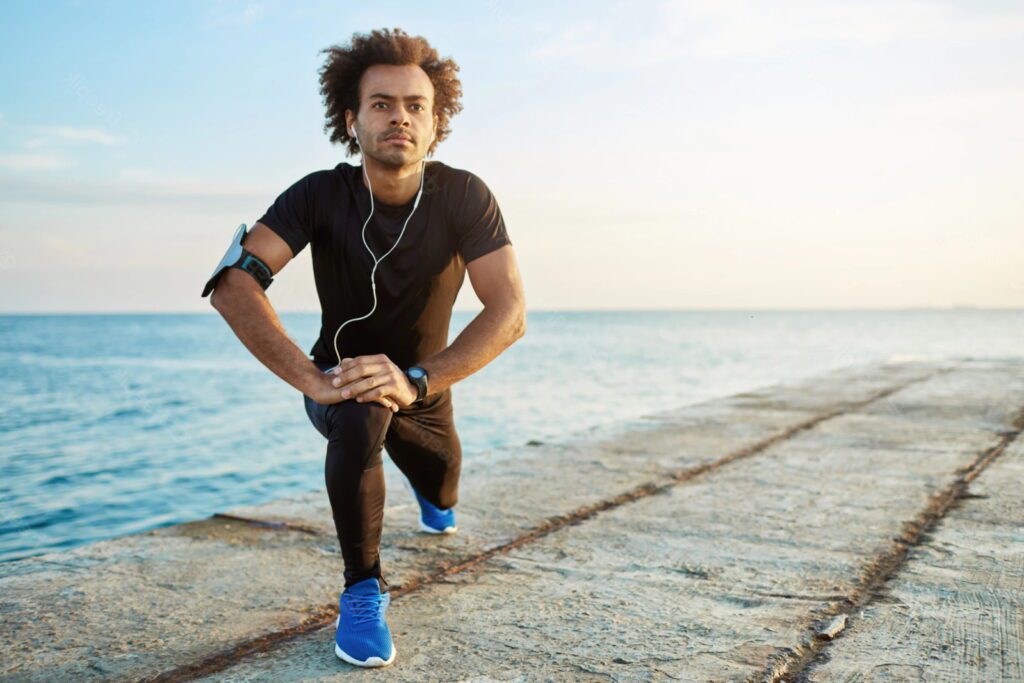
If You Have Leg Cramps, Turn to StrideCare
While it may seem as though running is an incredibly health exercise activity, the fact remains that there is a link between running and vein disease. Runners don’t typically experience the same vein disease symptoms as other people, so it’s important to not overlook symptoms such as leg cramps and feelings of heaviness and tiredness in your legs. And when it comes to seeking help, consider StrideCare.
StrideCare has long been a leader in performing leading-edge procedures to treat vein disease and help patients with vein-related symptoms. This includes varicose veins, as well as spider vein treatment, chronic venous insufficiency (CVI), restless leg syndrome, chronic pelvic pain, pelvic congestion syndrome, May-Thurner Syndrome, and more—all the while providing compassionate patient care.
The vascular physicians at StrideCare are board-certified diagnostic radiologists with additional fellowship training in vascular and interventional radiology. We will do our best to get you on the road to healthier-feeling legs. If your veins need treatment—or you have questions on how to avoid the onset of venous disease—the experts at StrideCare will recommend an individualized plan to help you get the best results. Request an appointment for a vein disease evaluation to discuss your options.
Prior to starting any new treatment or questions regarding a medical condition, always seek the advice of your doctor or other qualified health provider. This information is not a substitute for professional medical advice.
StrideCare serves the South Texas area including Houston, San Antonio, Austin, Round Rock, Bastrop, Brushy Creek, Cedar Park, Converse, Georgetown, Hutto, Kyle, Leander, Marble Falls, New Braunfels, Pasadena, Pearland, Pflugerville, San Marcos, Schertz, Houston, Sugar Land, Katy, Webster, Bay City, Clear Lake, Lake Jackson, The Woodlands, Universal City, Spring, Kingwood, Stafford, Conroe, Texas City, Cypress, League City, Bellaire, and more.
*Patient stories are true. Names and/or photos may be changed to protect patient confidentiality.


